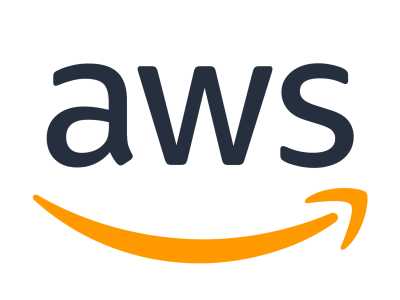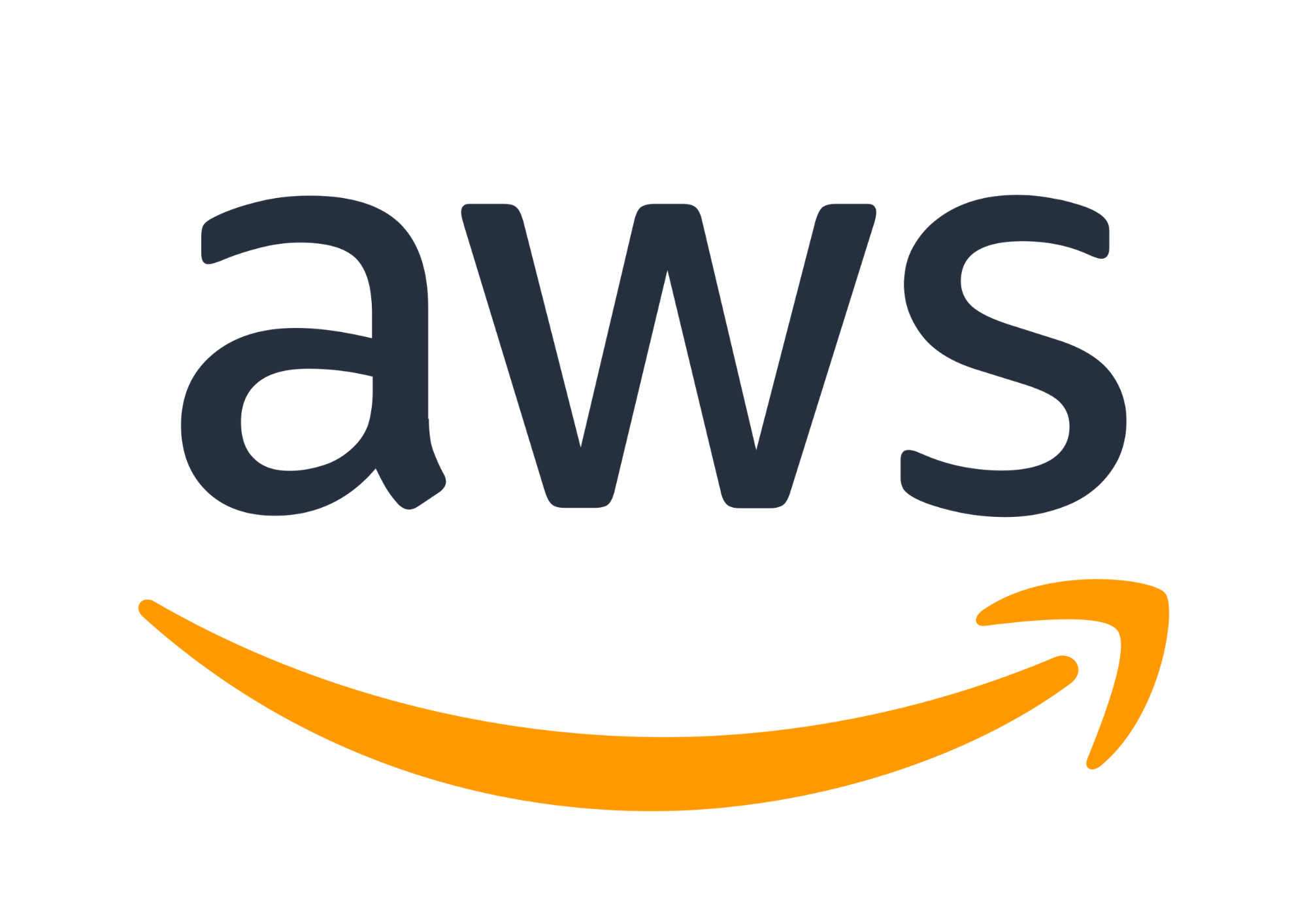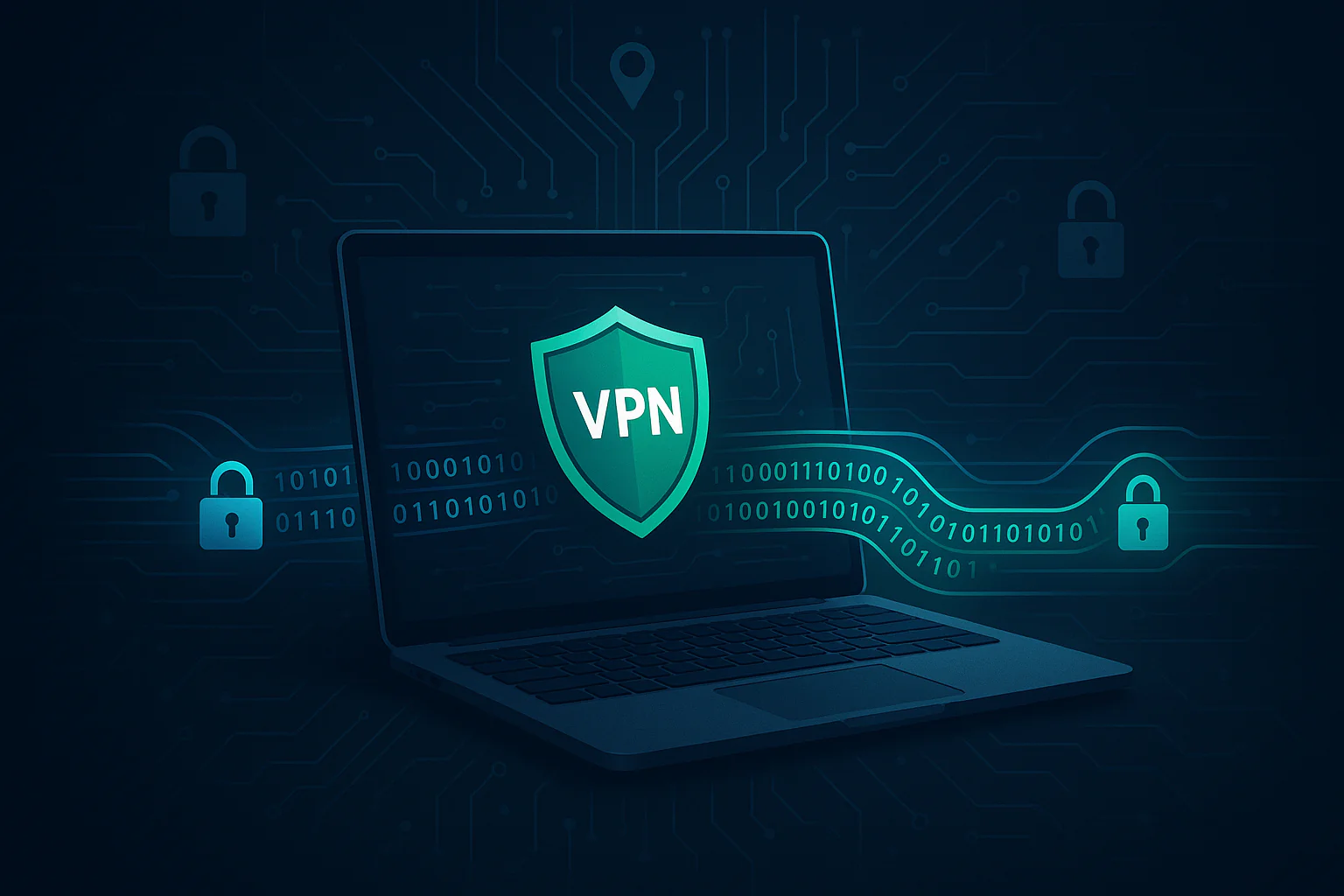Community engagement is essential for businesses, offering a pathway to build strong relationships with local stakeholders, enhance brand reputation, and drive sustainable growth. When businesses actively involve the community in their initiatives and decision-making processes, they gain invaluable insights, build trust, and create a positive impact. Effective community engagement doesn’t just boost customer loyalty and improve employee satisfaction; it aligns your brand with societal values, setting the stage for long-term success and resilience in an ever-evolving marketplace. In short, by connecting with your community, you’re not just growing your business—you’re making a meaningful difference. This blog can serve as your comprehensive guide, answering questions such as “What are some innovative community engagement strategies for sustainable businesses?”, “How can ethical brands measure the impact of their community engagement efforts?”, and “What are some successful examples of community engagement by ethical brands?” It will also walk through best practices to ensure successful collaboration.
What are some of the leading community engagement strategies for sustainable businesses and ethical brands?
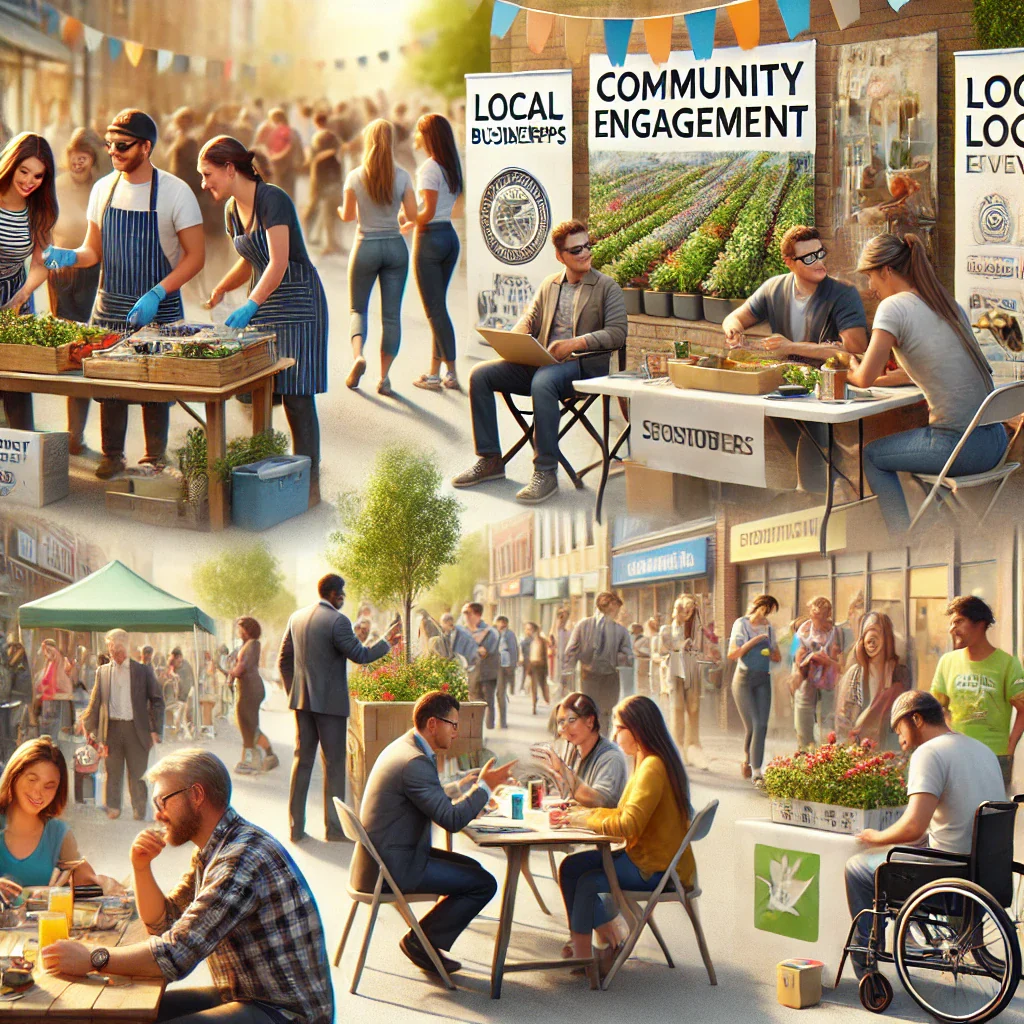
- Local Partnerships Form partnerships with local organizations, non-profits, and community groups to amplify your impact. Collaborating on projects addresses specific local needs and fosters stronger community ties.
Real-world application: Starbucks’ collaboration with local food banks to donate unsold food items, addressing local hunger issues and reducing waste.
- Volunteer Programs Encourage your employees to volunteer in their communities by offering paid volunteer days and organizing company-wide volunteer events to support local causes. This benefits the community and boosts employee morale and engagement.
Real-world application: Salesforce’s “Volunteer Time Off” program, where employees are given seven paid days each year to volunteer, supporting various local initiatives.
- Educational Workshops and Events Host workshops, seminars, or events that provide valuable information or skills to the community, such as financial literacy classes, environmental sustainability workshops, or health and wellness seminars.
Real-world application: Patagonia’s environmental activism workshops, which educate communities on sustainability practices and environmental advocacy.
- Sponsorships and Donations Sponsor local events, sports teams, or cultural festivals. Donations to community projects or local non-profits can make a significant impact. Ensure your support aligns with your brand values and community needs.
Real-world application: Ben & Jerry’s sponsorship of local festivals promoting social justice and environmental sustainability.
- Community Advisory Boards Establish a community advisory board consisting of local leaders, residents, and stakeholders to provide insights and feedback on your initiatives, ensuring they meet the community’s needs and expectations.

Real-world application: Nike’s Community Advisory Board, which guides the company’s community investments and helps tailor programs to local needs.
6. Crowdsourced Initiatives Involve the community in decision-making processes through surveys, social media polls, and town hall meetings to gather input on potential projects and initiatives. This participatory approach increases community buy-in and support.
Real-world application: LEGO Ideas platform, where community members can submit and vote on new product ideas, leading to the creation of community-driven products.
- Local Hiring and Training Programs Prioritize hiring locally and invest in training programs for community members, boosting the local economy and building a skilled workforce. Real-world application: Unilever’s Project Shakti in India, which trains rural women to become entrepreneurs and sell Unilever products, fostering economic development.
- Sustainable Practices and Products Adopt sustainable business practices and offer eco-friendly products, engaging with the community to promote these practices and educate them on the benefits. Real-world application: IKEA’s sustainable product range and efforts to educate customers on sustainable living through workshops and in-store displays.
- Transparency and Open Communication Maintain open lines of communication with the community by regularly updating them on your initiatives, progress, and any challenges faced. Transparency builds trust and demonstrates a commitment to ethical practices.
Real-world application: TOMS Shoes’ regular impact reports detailing their social and environmental initiatives and progress.
- Customer Involvement Encourage your customers to get involved in your community initiatives by matching their donations, involving them in volunteer events, or creating programs where a portion of their purchases goes towards community projects.
Real-world application: Warby Parker’s “Buy a Pair, Give a Pair” program, where for every pair of glasses purchased, a pair is distributed to someone in need.
- Support Local Entrepreneurs Mentor and support local entrepreneurs and small businesses by providing resources, offering space for pop-up shops, or creating incubator programs to help them grow. Real-world application: Whole Foods’ Local Producer Loan Program, offering low-interest loans to local food producers to help them expand their businesses.
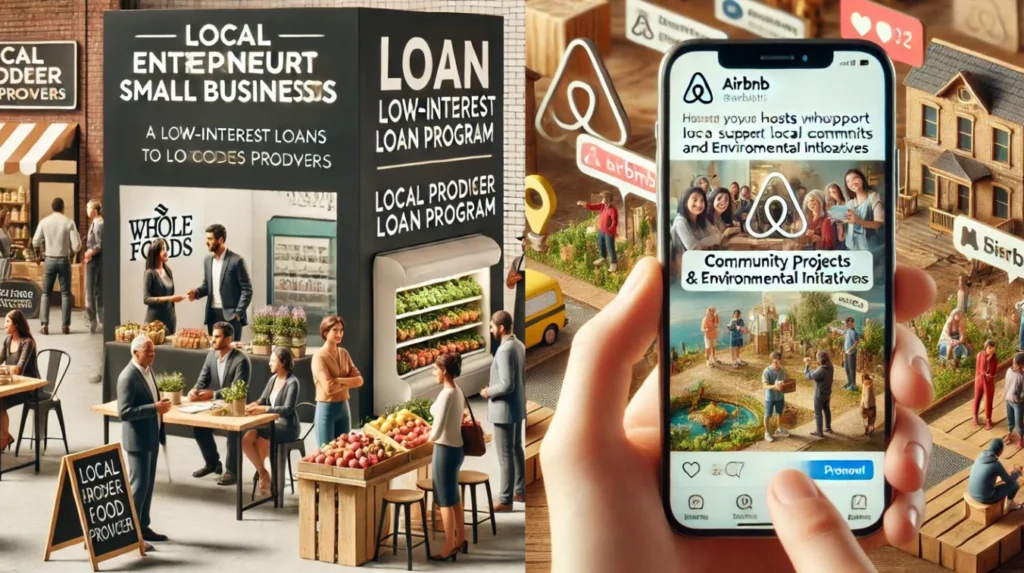
- Social Media and Online Engagement Use social media to highlight your community engagement efforts, share success stories, and encourage dialogue, helping to foster a sense of community beyond geographical boundaries.
Real-world application: Airbnb’s social media campaigns showcasing hosts who support local community projects and environmental initiatives.
- Impact Measuring and Reporting Develop metrics and benchmarks to assess the effectiveness of your community engagement efforts and make data-driven adjustments as needed. Regularly publish reports detailing the social and environmental impact of your initiatives.
Real-world application: Google’s Environmental Report, which tracks and shares the company’s progress on sustainability goals and initiatives.
- Cultural Sensitivity and Inclusivity Ensure that your community engagement strategies are culturally sensitive and inclusive, respecting the diversity of the community and tailoring your initiatives to meet the needs of different groups.
Real-world application: Coca-Cola’s 5by20 initiative, which focuses on empowering women entrepreneurs across different cultural contexts worldwide, with tailored support based on local needs.
How can ethical brands measure the impact of their community engagement efforts?
Now that you’ve put these measures into action, it’s time to gauge their effectiveness. Ethical brands have various methods to measure the impact of their efforts. It’s crucial to do so because these initiatives should benefit both your business and the community. By measuring impacts, you can align your business with the most effective community engagement options, ensuring a collaboration where everyone wins.
So, without further adieu, let’s take a look at 5 easy ways to assess the outcomes of your community initiatives and make informed decisions for a successful partnership:
- Surveys and Feedback: Gather feedback from community members through surveys to understand their perceptions, satisfaction levels, and areas for improvement regarding your initiatives.
- Key Performance Indicators (KPIs): Define specific KPIs aligned with your community engagement goals, such as the number of participants, volunteer hours contributed, or funds raised.
- Social Media Metrics: Monitor engagement metrics on social media platforms, including likes, shares, and comments, to gauge the reach and impact of your community initiatives.
- Case Studies and Success Stories: Document and share case studies and success stories highlighting the tangible benefits and positive changes resulting from your community initiatives.
- Return on Investment (ROI) Analysis: Calculate the ROI of your community engagement activities by comparing the costs incurred with the quantifiable benefits generated, such as increased brand loyalty or positive publicity.
What are the best practices for community engagement for ethical brands? Authenticity and Transparency: Just like in any endeavour, authenticity and transparency are crucial in community engagement. It’s essential to align your actions with genuine brand values and to be transparent about your intentions and outcomes. Community members can easily discern false claims and empty promises, which can ultimately harm your brand.
Take Ben & Jerry’s approach to social and environmental activism, for example. In 2020, during the Black Lives Matter protests, Ben & Jerry’s took a strong public stance against systemic racism. They released a detailed statement acknowledging the history of racial injustice in the United States and outlined specific steps they were taking to support the movement, including lobbying for policy changes and donating to racial justice organizations. This statement was not just a marketing ploy; it was backed by concrete actions and a long history of advocacy for social justice. By being transparent about their intentions, admitting the systemic issues, and detailing their actionable steps, Ben & Jerry’s built trust and credibility within the community.
Collaboration and Co-Creation: Promote collaboration with local stakeholders such as community organizations and residents. Together, devise initiatives that effectively address shared needs and priorities. This demonstrates your business’s receptiveness to ideas and willingness to listen to the community’s main concerns and preferences, emphasizing dedication and commitment to the cause rather than solely seeking profit.
One notable example is Airbnb, which regularly seeks input from its community of hosts and guests to shape its policies and practices. During the COVID-19 pandemic, Airbnb faced unprecedented challenges as travel restrictions disrupted the tourism industry. Instead of making decisions unilaterally, Airbnb actively engaged with its community through surveys, virtual meetings, and online forums to understand their concerns and preferences.
Impactful Communication: There’s nothing worse than when a brand is condescending or publicly tone-deaf toward a certain demographic. Be careful to utilize clear, inclusive, and culturally sensitive communication channels to engage with the community, ensuring that your messages resonate and facilitate meaningful dialogue.
Consider a scenario where a local restaurant organizes a community cleanup event, aiming to contribute positively to the neighbourhood. However, in their promotional materials, they inadvertently frame the event in a patronizing manner, suggesting that they are “saving” the neighbourhood from its residents.
This approach would likely backfire as community members might feel insulted and misrepresented. As a result, there could be a significant decline in participation and negative publicity for the restaurant, despite their positive intentions. This hypothetical, yet rather common, scenario highlights the importance of using inclusive and respectful language in community engagement initiatives to avoid alienating or offending community members.
Sustainability and Longevity: Commit to sustainable community engagement practices that contribute positively to social, environmental, and economic well-being over the long term, rather than pursuing short-lived initiatives. This helps showcase that your brand is not just engaging in a short term trend for optics reasons but genuinely committed to bettering the community and building long term relationships.
Let’s examine a flawed and failed initiative: McTeacher’s Nights at McDonald’s. During McTeacher’s Nights, McDonald’s recruits teachers to “work” behind the counter at local stores, serving junk food to their students to raise money for their often underfunded schools. Despite initial enthusiasm from some schools and communities, the initiative faced growing backlash as concerns about its ethics and long-term impact emerged. McDonald’s encountered widespread criticism from educators, health advocates, and parents, prompting calls for the company to discontinue the McTeacher’s Nights program.
Empowerment and Equity: Avoiding community engagement injustice is crucial. Empower community members by involving them in decision-making processes and prioritizing equity, diversity, and inclusion. Ensure that your initiatives benefit all stakeholders equitably. Allocate resources and funding fairly and transparently to address the needs of all communities, considering factors like socioeconomic status, geographic location, and historical inequities.
Take a large retail chain launching a community engagement initiative aimed at supporting local schools, for example. If the company allocates significant funds to schools in affluent neighborhoods, providing them with new technology, equipment, and resources, while schools in underprivileged areas receive minimal support and only small donations of basic supplies, the initiative could backfire. This approach would highlight and exacerbate existing inequalities, leading to resentment and a negative perception of the brand.
A thoughtful approach ensures everyone benefits and feels valued. By distributing resources equitably, you can build trust and goodwill within the community, enhancing your brand’s reputation and fostering long-term positive relationships.
The Bottom Line
In today’s world, businesses have the unique opportunity to create lasting, positive change through thoughtful community engagement. By embracing strategies that prioritize equity, inclusivity, and sustainability, ethical brands can build stronger, more meaningful connections with their communities. As you navigate your community engagement efforts, remember that authenticity and transparency are key to fostering trust and driving impactful change. How will you ensure your brand’s initiatives are truly making a difference and resonating with the community? The journey starts with a commitment to listening, learning, and evolving together.
By leveraging these strategies and best practices, you can transform your community engagement efforts from mere obligations into powerful drivers of social good and business success. Ready to make a meaningful difference?
Let’s set up a video call to discuss how we can work together to make a positive impact and grow your business.


